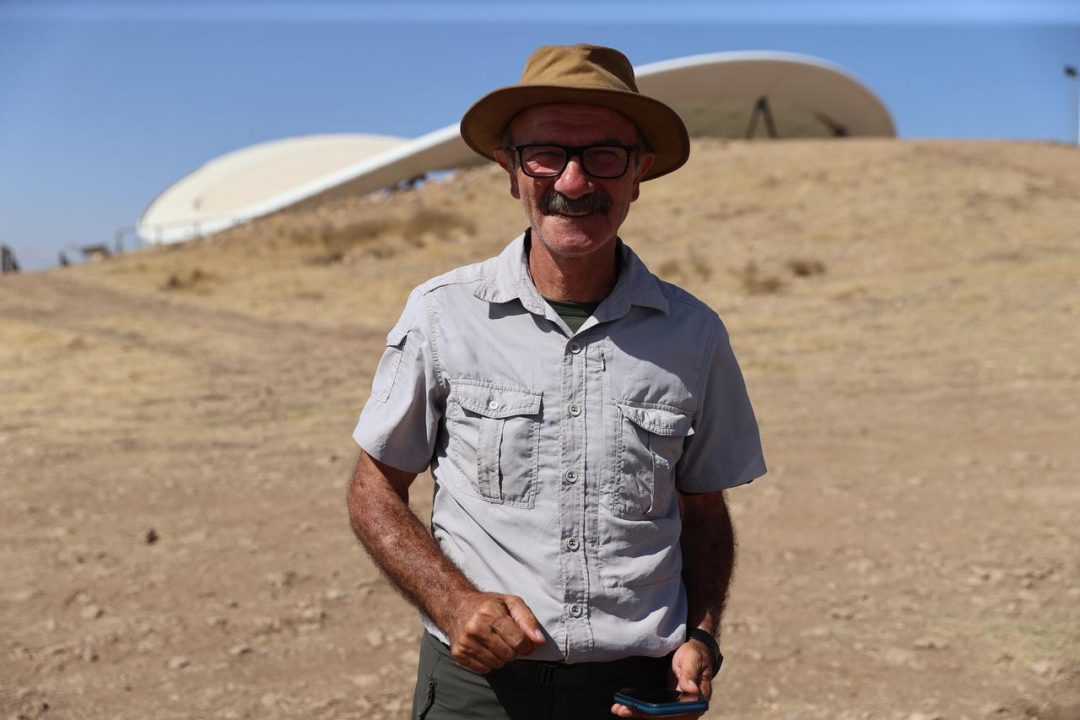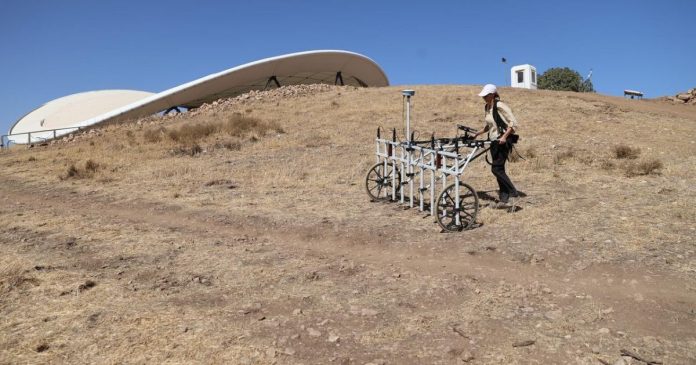Archaeological investigations at Göbekli Tepe in southeastern Türkiye have revealed rectangular architectural features, possibly used as dwellings. These were found beside the site’s well-known circular enclosures. The discovery offers fresh insight into how ritual and daily life coexisted in one of the world’s earliest Neolithic settlements.
Survey Methods and Discovery
Under the umbrella of the Heritage for the Future and Stone Mounds (Taş Tepeler) initiatives, researchers from Istanbul University, the German Archaeological Institute, and Freie Universität Berlin carried out integrated geophysical surveys, including geomagnetic mapping, ground-penetrating radar (GPR), and lidar scanning.
These subsurface investigations have identified not only the well-known circular pillars and enclosures but also rectangular structural traces that could represent early dwellings.
From Monumental to Domestic: Interpreting the New Structures
Project director Prof. Necmi Karul explained that the rectangular formations are concentrated primarily on the eastern and southern slopes of the mound. He described this phase as a shift toward documenting previously undisturbed zones.

Earlier this year, the removal of olive trees allowed full-scale measurements for the first time. This helped clarify the site’s boundaries and guide future excavations.
Geoarchaeology Reveals New Insights
Led by Prof. Barbara Horejs of the Austrian Archaeological Institute, geoarchaeological studies used high-resolution scans to identify a large building and several smaller house-like structures. Her team emphasized the importance of ongoing analysis in guiding future excavation strategies.
Highlights of the 2025 Excavation Season
- Life-size human statue: Discovered between Enclosures B and D, the sculpture features a clearly defined head and torso. It complements earlier finds such as the wild boar statue.
- Restoration of Enclosure C: Conservation teams stabilized the walls, repaired erosion damage, and re-erected columns to protect the monumental complex.
Significance for Understanding Early Settlement
Göbekli Tepe, near Şanlıurfa, was first recorded in the 1960s and added to the UNESCO World Heritage List in 2018. Once seen mainly as a ritual center, the discovery of rectangular dwellings now points to a more complex community where sacred and domestic spaces coexisted. The ongoing Stone Mounds Project continues to contextualize Göbekli Tepe within a broader Neolithic network of communities.
Source: AA
You may want to read this: Göbekli Tepe and Nevalı Çori: Cornerstones of a Lost Civilization

